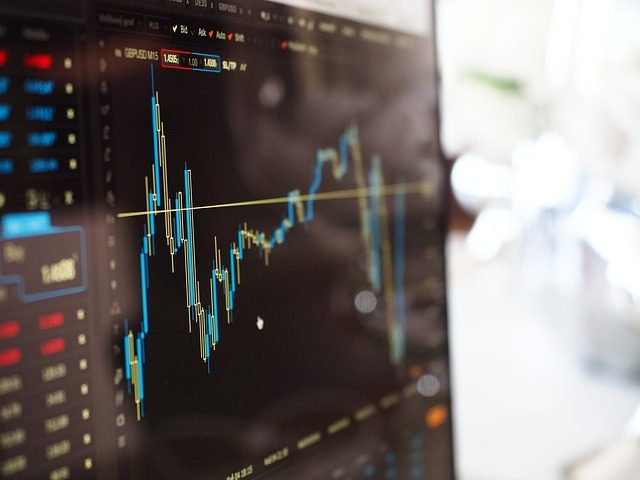MUMBAI: According to BofA Global Research, the bluechip Nifty 50 index in India will conclude this year at about 18,000 points, or about 5.5% higher than present levels but roughly flat with end-2022. This is because rising rates will have a negative impact on firm profitability, among other things.
After seven years in a row of rises of 3% to 29%, BofA lowered its year-end projection for the Nifty by 8.3% to 18,000, lagging other developing markets and debt, the firm said in a report on Monday. This implies a 0.6% decline for the year.
Due to the volatility caused by the global banking crisis, BofA Global anticipates that the Nifty will trade between 16,000 and 18,000 points for the remainder of the year, after falling approximately 6% so far this year to just around 17,100 points.
According to analysts led by Amish Shah, expectations for Indian companies’ earnings growth for the following two fiscal years may be cut in half as a result of tightening U.S. monetary policy, warmer weather impacting the rebound in rural demand, peaking urban demand, and rising deposit rates.
According to Shah, high-risk industries with a capex upcycle including financials, industrials, cement, steel, and cars may do worse than the Nifty. High-risk sectors with a capex downcycle include consumer, telecom, and information technology.
The foreign institutional investors (FIIoptimistic )’s view on India is at multi-year lows, but BofA expects the nation’s economic performance to hold up well amid a global recession, thus it expects the rate of FII outflows to slow down as well.
According to Shah, $20 billion in passive domestic inflow from provident, pension, and insurance funds and SIPs, the majority of which are invested in the Nifty/Sensex ETF, might bolster large caps.
BofA continues to predict that the Indian economy will do better and recover more quickly than the US economy in the event of a recession.



